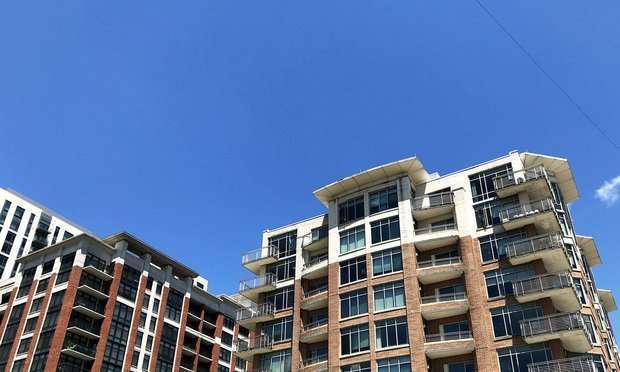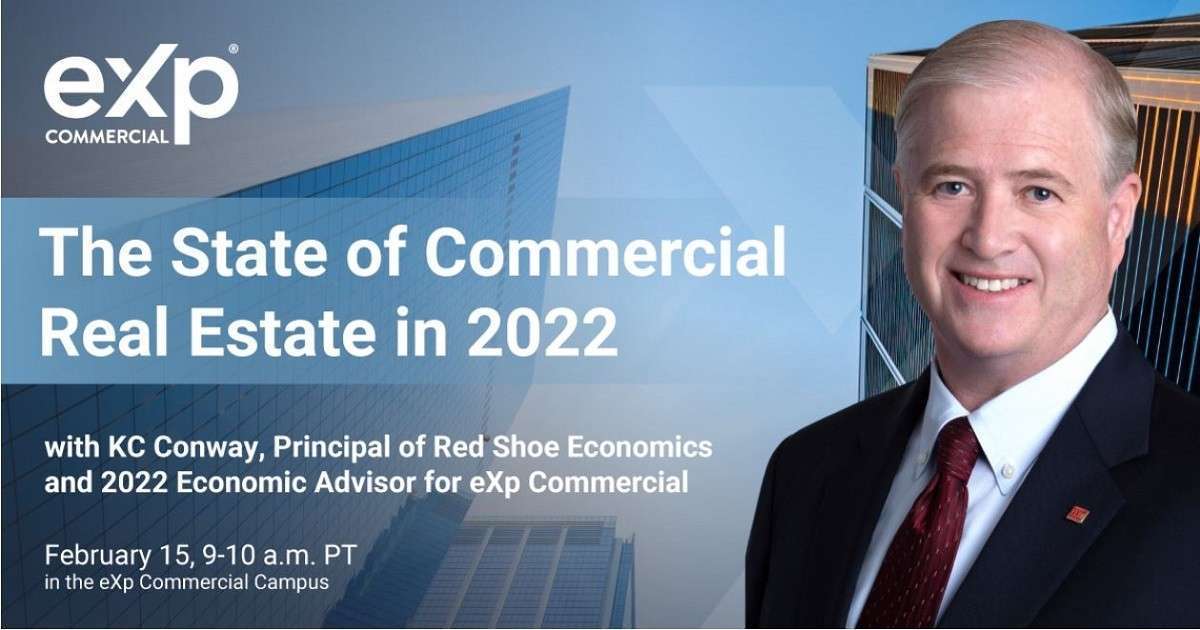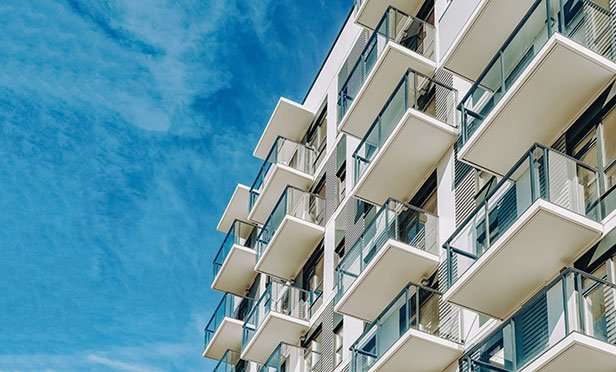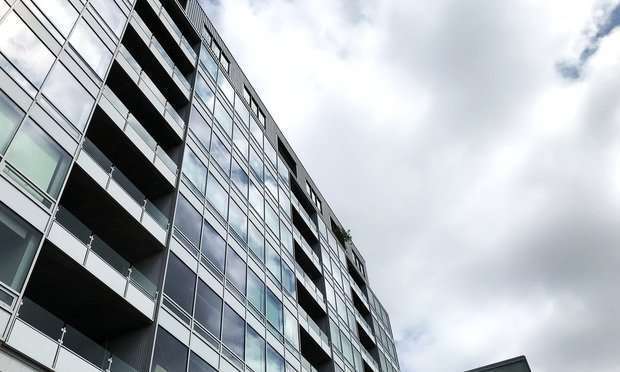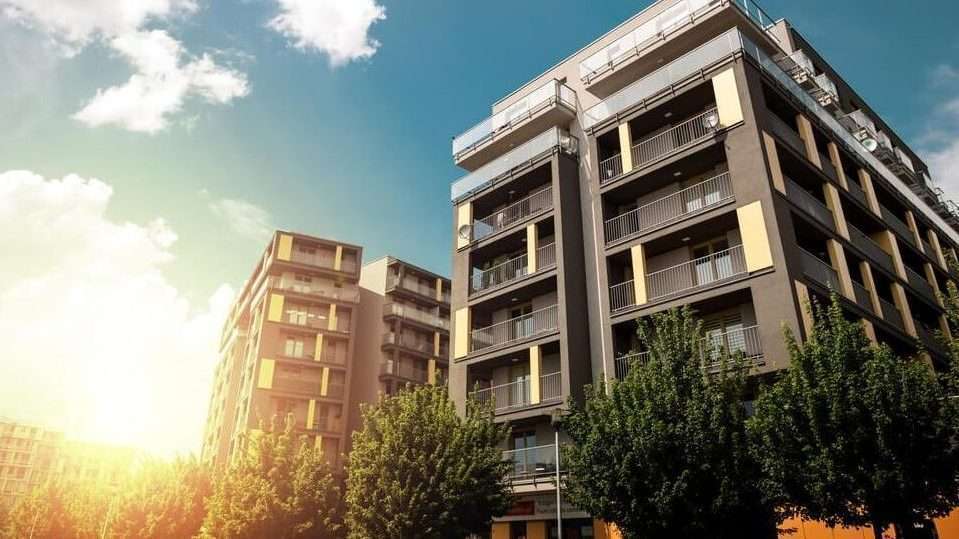NMHC/Grace Hill renter preference survey sheds light on how the pandemic has affected resident behavior.
Teleworking factored significantly in renter preferences, according to a survey released last week by NMHC/Grace Hill—a trend that is expected to carry into 2022 and beyond. The desire for single-family rentals also made the list.
The NMHC/Grace Hill 2022 Renter Preferences Survey Report featured input from 221,000 renters living in 4,564 communities nationwide, with data available in 79 markets.
One-quarter of all moves tracked were specific to changes in teleworking.
“Whether digital nomads looking to join a flexible membership club, pet amenities dog owners won’t rent without or the insatiable appetite for more packages, the NMHC/Grace Hill Renter Preferences Survey reveals all that has changed since 2019,” Sarah Yaussi, Vice President, Business Strategy, NMHC, said in prepared remarks. “And what we’ve seen overall are renters reporting a great desire for more space, better amenities, and in-home creature comforts.”
The survey was a topic of conversation last week during NMHC’s Annual Meeting in Orlando.
Home is Now Sanctuary
Now more than ever, home is proving to be a sanctuary, and renters have a great desire—and are willing to pay a premium in additional monthly rent—for certain amenities. Reported features with the highest share of renter interest, and their associated additional average monthly premiums, include:
- Washer/dryer in-unit (92% of renters interested / $54.73 monthly premium);
- Air conditioning (91% / $54.73);
- Soundproof walls (90% / $46.21);
- High-speed Internet access (89%; $47.93), and
- Walk-in closet (88%; $43.46).
Give Them Their Space
All the lockdowns seemingly led to a strong desire for additional space; 28% of renters who said they intend to move to a different rental community when their lease expires cited “additional living space” as a reason, up from just 19% two years ago. This was the third-most-common reason for wanting to move after “seeking lower rent” (49% of renters) and “seeking better community amenities” (29%).
When asked which types of rental homes were considered during their last home search, traditional apartment homes garnered a majority of responses (57%). However, townhomes and single-family rentals were also in the mix at 23% and 19% of responses, respectively, supporting the desire for more space and validating industry and investor eyes on these property types.
Special Delivery
While many kept venturing out to a minimum, the need for goods to be delivered increased. The share of renters who received two or fewer packages per month dropped from 45% in 2019 to just 24% this round. Conversely, the share who received three or more packages per month increased from 55% to 76% over the two-year period. And the share of renters who received perishable items several times a month or more nearly doubled from 9% in 2019 to 17%.
Market-Level Nuances
“It’s important to note that, beyond national trends, there are several market-level nuances affecting renter preferences,” said Kendall Pretzer, CEO of Grace Hill. “National data paints an overall picture for the industry, but it is vital for operators to keep a finger on the pulse of each individual market in their portfolios. Trends vary by region, by state, and by municipality, and may stray significantly from national averages. A program that regularly polls prospects and solicits resident feedback is essential to successfully meeting renter preferences and expectations.”
For example:
- A gear wall, for home storage and organization, is a sought-after home feature in Honolulu, where 45% of renters say they are interested or won’t rent without one.
- Rental dwellers in Savannah, Ga., show the least interest (11%) in a gear wall but show more interest than any other market in a makerspace/DIY room (39%).
- There is interest in hot tubs in Boulder, Colo. (70%) than in Philadelphia (41%).
- Covered parking is more important in Minneapolis (80%) than in Gainesville, Fla. (47%)
